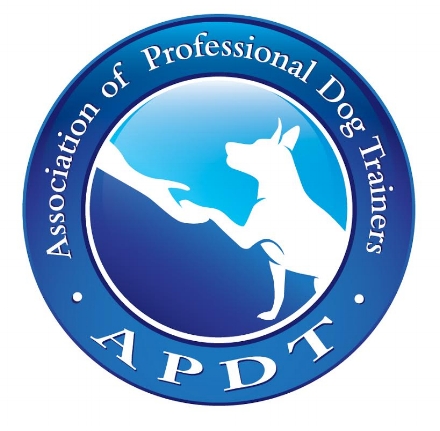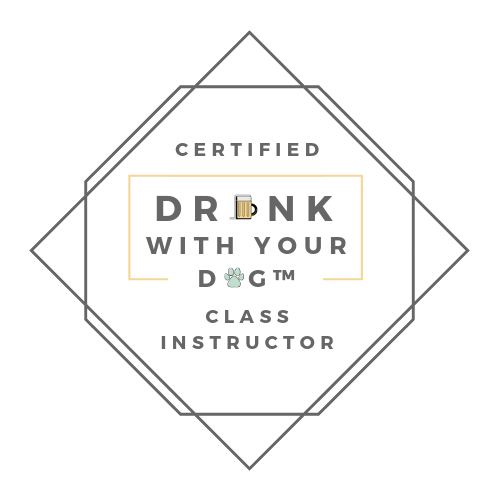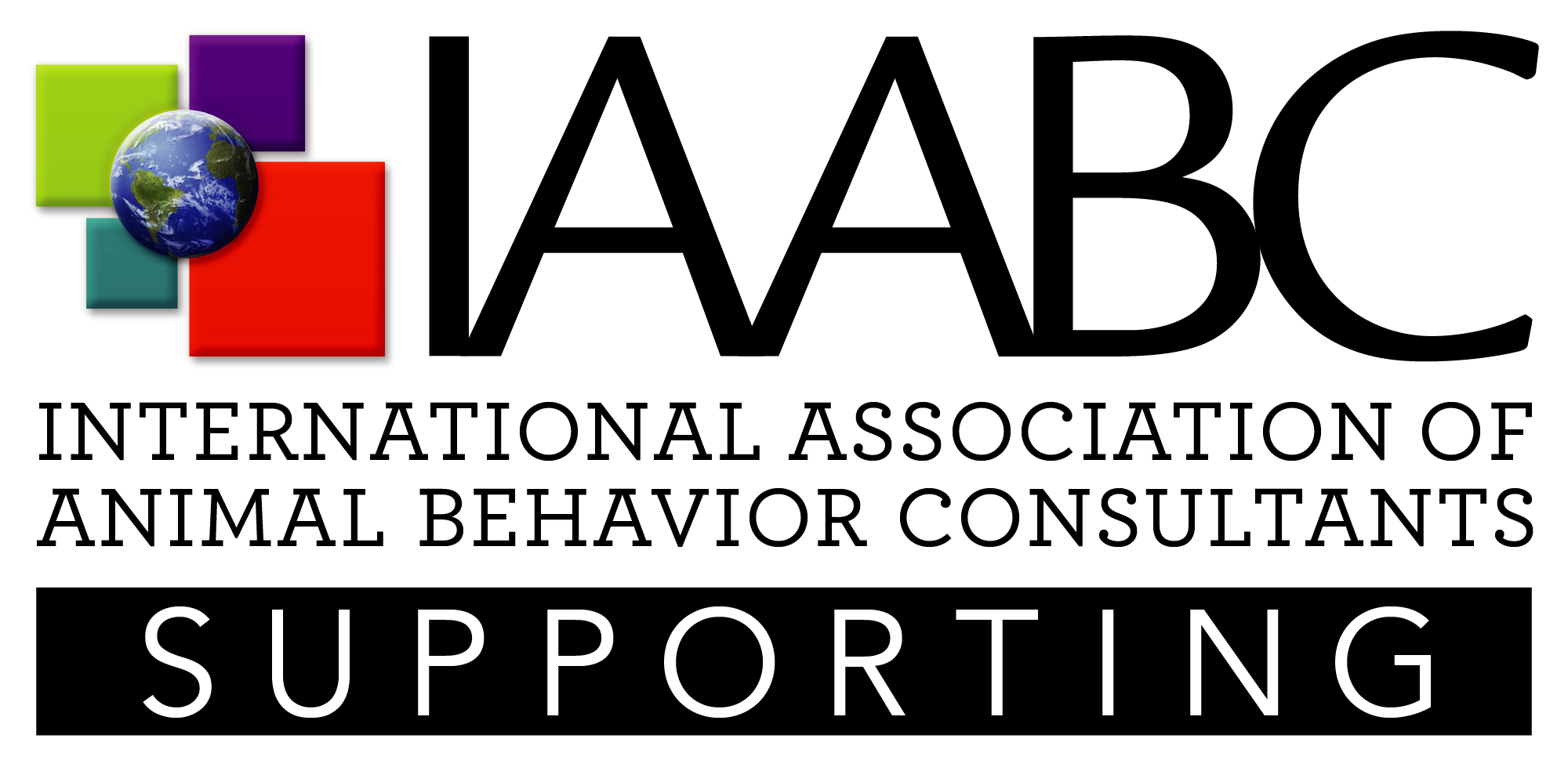Puppy Essentials
Collar, Leash, Harness
First thing to note, your sizing will vary widely depending on your pup, and they will outgrow their gear quickly! We do offer the option to borrow gear for your growing pup through our lending library, on a first-come, first-serve basis. We ask that you return any gear they grow out or, and would be happy to take any donations of gear your puppy has outgrown.
We recommend: a buckle (aka “quick release”) collar for tags/i.d., 6ft nylon or leather leash, and a step-in mesh harness. With so many options out there, we strongly encourage you to visit a local pet store to find your favorite color/pattern combo and best fit!
In general, collars and harnesses should be snug, but not tight. You should be able to slip two fingers underneath the collar and strap. If it’s tough to fit your fingers underneath, loosen it up!
Did you know: Our training studio offers a “Gear Library” for client looking for the right fit for their puppy. We can help select and fit an appropriate harness to borrow while they grow.
Crate or Pen:
Your puppy will need a place to rest, separate from the rest of the family. Giving your puppy a safe, predictable place to go (like a crate) can be remarkably helpful. Crates can be used for naptime, sleeping overnight, feeding, and/or just giving you both a break!
When choosing a crate, you will need something large enough for them to stand up, turn around, and lie down. If your puppy is a sprawler when they sleep, for example, you may want to size up.
Generally, we prefer wire crates for ventilation, and ease of use as most come with two doors and the ability to fold down for transport or storage. We also recommend purchasing a crate for the expected adult size of your puppy- most wire kennels come with a wire panel which can be used to slowly “expand” the interior as your puppy grows.
Feeding Enrichment:
Keeping your puppy appropriately engaged is a crucial part of their development. Feeding enrichment options can entertain, exercise, and calm your puppy down; it also gives them something to do with those shark-like teeth!
Kong Classic Puppy- there’s a reason this is called the “Classic!” These are fabulous for stuffing with a meal, or smearing a little peanut butter on the inside. Fabulous for helping crate train, or in general for keeping your puppy calm & focused. The difficulty can be upped by using different food items to stuff, and eventually even freezing! Check out our Treats page for ideas on how to stuff your kongs, and our Feeding Enrichment page for more ideas on feeding enrichment activities !
Chew Toys
BeneBone Stick and Zaggler (2 pack of chews)- great durable chews for those pointy puppy teeth!
Chilly Bone - Freezable canvas toy best suited for small and medium puppies, this provides soothing relief for irritated gums, and an appropriate chew-outlet instead of your fingers!
Freezable Teething Ring - fill with water, stuff in treats, and freeze for another soothing, appropriate chew for teething puppies. Best suited for small-medium puppies.
Gucho Freezable Dog Chew - one of our personal favorites, this can be smeared with soft squishy foods like (peanut butter), features nubs and crevices for more interesting chew space and promoting dental health for all age dogs. It comes in two different sizes, and bonus-it floats for all our water-loving puppies!
Puppy Teething- A survival guide
Did your puppy go from “ a little mouthy” to “a little piranha” overnight? Congrats, you (probably) have a teething puppy!
Puppies have 28 temporary (deciduous) teeth that begin to fall out around 3 months of age, and will be replaced over several months by 42 adult teeth- you read that right! 42 adult teeth are making their way onto the scene, which can be a pretty uncomfortable experience for our young puppies. Teething usually subsides by the time they are 6-7 months old.
You may find deciduous on the floor, but more likely, your puppy will harmlessly swallow the teeth while they are eating. It’s common for some bleeding to occur when the teeth are falling out, but the amount is usually small and you may only notice it if there is some mild red staining on a chew toy (or you have another lighter-colored dog at home that serves as your pup’s wrestling buddy). This extra-feisty period of time can be frustrating for both you and your pup, so we’ve put together some tips that can help you both make it to the end!
First thing’s first: your puppy doesn’t mean to be a jerk right now. Teething is often uncomfortable, and some pups may even require a mild prescription pain medication to help them through it. They may be a little extra cranky, and more likely to bite harder than ever before. Providing plenty of appropriate teething outlets, and rest, is key to helping navigate this challenge.





